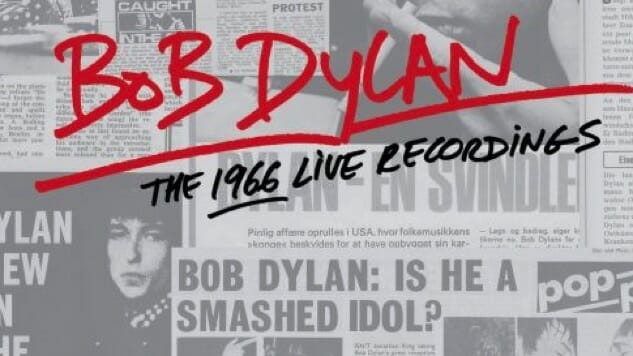Do We Really Need to Hear Every Single Version of Every Song?
A Curmudgeon Column

This fall Verve Records released Unheard Bird: The Unissued Takes, which combines 19 of Charlie Parker’s 1949-1952 studio recordings with 50 previously unreleased false starts and alternate takes of the same tunes from the same sessions. Thus you can hear how each song evolved as the alto saxophonist took different stabs at each number.
If you’re enough of a jazz fan, this can make for fascinating listening, for Parker was an improviser who never played anything the same way twice. In fact, record companies have a long tradition of tracking down every version of every song by major jazz artists and releasing it to an audience eager to hear how each improvised solo differs from the others.
That practice has slowly but surely seeped into rock ‘n’ roll as well. Nearly every Grateful Dead show was taped by the band and/or fans. Bootleggers released all of them, and the band eventually released a high percentage of them. This example prompted other improvising rock bands such as Phish and the String Cheese Incident to turn many of their live shows into official releases.
Now we have Bob Dylan: The 1966 Live Recordings, which offers 296 songs on 36 CDs from 23 different shows in 20 cities. On the plus side: this was probably the most dramatic rock ‘n’ roll tour ever. I’m not the only observer who believes that 1998’s Bob Dylan Live 1966 – The Bootleg Series Vol. 4, the complete Manchester show, is the greatest rock ‘n’ roll album of all time. On the minus side: both Dylan’s opening solo-acoustic set each night and his post-intermission electric set with the Hawks changed little from town to town on the 1966 tour, largely repeating the same songs with the same arrangements.
So the question arises: Do we really need to hear every song from every show on Dylan’s 1966 tour—or from anybody’s tour in any year? That question can be broken down into two more specific questions: Does it make economic sense for a record company to release so many songs that sound so much alike? For iconic artists—whether it be Charlie Parker, the Grateful Dead or Bob Dylan—there has been no evidence yet that there’s anything too obscure or too repetitive that the most obsessive fans won’t purchase it. Record companies are pretty smart: If there’s money to be made, they’ll try to make it.
After all, if they don’t make it, the bootleggers will. Bootleggers had long been active in the jazz and opera worlds, but Dylan provided their opening into pop music. It was music from his 1966 tour and 1967 Basement Tapes that got the rock ‘n’ roll bootlegging business going at the end of that decade. I, for example, owned bootleg copies of the Melbourne, Dublin, Liverpool and Manchester shows before Columbia began releasing the material—and they proved crucial to my understanding of rock history.
Bootlegs, which are illegal and which deprive the artists of both income and control over their own art, can be hard to defend. But when they document crucial moments in musical history that would otherwise got unremembered, they provide a crucial service. They often push record companies to release official recordings of the same music, which is all the fans wanted in the first place.
-

-

-

-

-

-

-

-

-

-

-

-

-

-

-

-

-

-

-

-

-

-

-

-

-

-

-

-

-

-

-

-

-

-

-

-

-

-

-

-








































